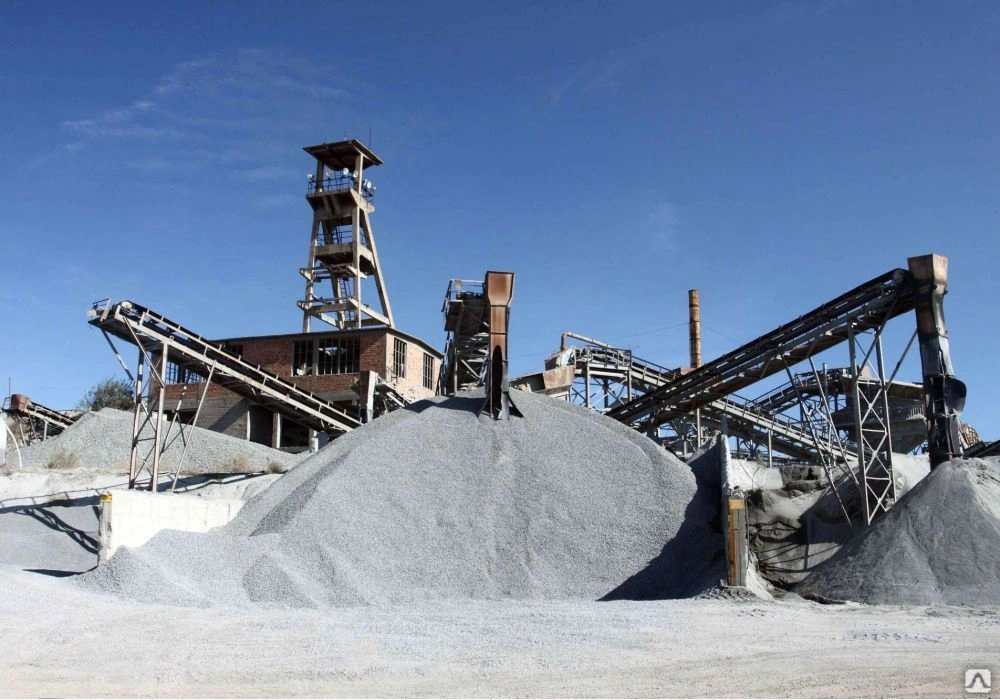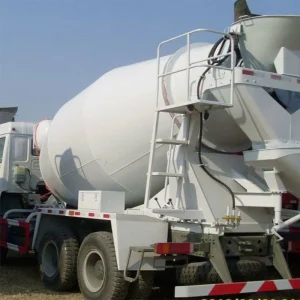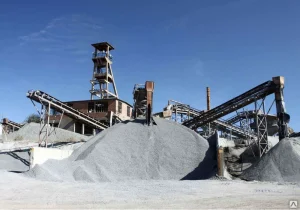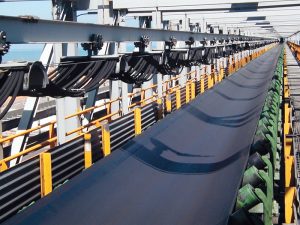As the construction industry evolves, the focus on sustainability and innovation has brought fly ash into the spotlight. This byproduct of coal combustion has transformed from waste material into an essential component of modern construction, offering both performance enhancements and environmental benefits. In this blog, we’ll explore how fly ash is shaping the future of construction and why its use is critical for sustainable development.
Enhanced Concrete Performance
Fly ash is revolutionizing concrete production, improving its strength, durability, and workability. By partially replacing cement in concrete mixtures, fly ash reduces water demand, increases resistance to chemical attacks, and enhances the overall quality of concrete structures. These characteristics make it indispensable in creating robust infrastructure capable of withstanding the test of time.
Fly ash’s ability to reduce water usage during concrete preparation also contributes to better compaction and fewer cracks in the finished product. Its pozzolanic properties, which react with calcium hydroxide in the presence of water, lead to the formation of additional cementitious compounds, further improving concrete performance. Structures built using fly ash last longer and require less maintenance, ultimately reducing lifecycle costs.
Driving Environmental Sustainability
The use of fly ash in construction aligns with global sustainability goals by mitigating the environmental impact of traditional building materials. Cement production is one of the largest contributors to carbon emissions in the construction sector. Replacing a portion of cement with fly ash not only reduces the carbon footprint but also conserves energy-intensive resources.
By repurposing fly ash, industries also address the challenge of industrial waste disposal. Diverting fly ash from landfills to construction sites minimizes environmental pollution and promotes a circular economy. This practice supports sustainable development by turning waste into a valuable resource.
Innovative Applications in Modern Construction
The versatility of fly ash has led to its use in several innovative construction techniques that meet the demands of modern infrastructure. High-performance concrete (HPC) is one such application, combining fly ash with other advanced materials to achieve superior strength and durability. HPC is ideal for critical projects such as highways, skyscrapers, and bridges where long-term performance is paramount.
Geopolymer concrete, an eco-friendly alternative to traditional Portland cement concrete, also incorporates fly ash as a primary binder. This material offers exceptional thermal and chemical resistance, making it suitable for fire-resistant and industrial applications. Furthermore, self-consolidating concrete (SCC), which flows into molds without mechanical vibration, benefits from the addition of fly ash, enhancing its consistency and reducing labor efforts during construction.
Challenges and Overcoming Barriers
Despite its numerous advantages, the widespread adoption of fly ash faces several challenges. One significant hurdle is the variability in its quality due to differences in coal combustion processes. Ensuring consistency in fly ash composition is critical for achieving reliable results in construction projects. Standardized processing methods and rigorous quality control measures can address this issue, allowing for more predictable performance.
Another challenge lies in logistics and storage. Fly ash requires proper handling to prevent contamination and ensure its usability. Efficient transportation systems and well-maintained storage facilities are essential for preserving its quality. Advances in supply chain management, such as route optimization and inventory tracking, can mitigate these challenges and support its broader adoption.
Future Trends and Opportunities
The future of fly ash in construction is filled with opportunities, driven by ongoing innovations and a growing emphasis on sustainability. Enhanced processing techniques, such as grinding and classification, are improving the quality of fly ash, making it suitable for a wider range of applications. Researchers are also exploring its integration with nanotechnology to further enhance its properties and performance.
Hybrid materials that combine fly ash with other sustainable additives, such as slag or silica fume, are gaining traction. These materials offer improved strength, durability, and eco-friendliness, paving the way for advanced construction solutions.
Shaping a Sustainable Future
Fly ash is set to play a pivotal role in the construction industry’s transition towards sustainability. Its ability to enhance material performance while reducing environmental impact positions it as a key contributor to greener building practices. By adopting innovative applications and overcoming existing challenges, fly ash can help the industry meet its sustainability goals and create resilient infrastructure. As the construction sector continues to evolve, the integration of fly ash into modern practices will not only improve efficiency but also support a more responsible approach to building.
Conclusion
The future of fly ash in modern construction is bright, with innovations and sustainability at its core. From improving concrete performance to reducing environmental impact, fly ash is redefining how we build the world around us. By embracing its potential and addressing challenges, the construction industry can create a more sustainable and resilient future, ensuring that every project contributes to a greener planet.




